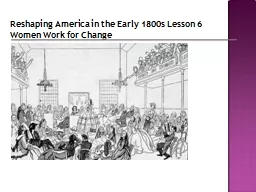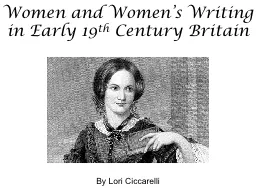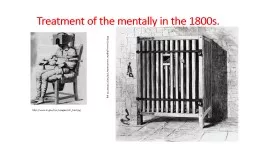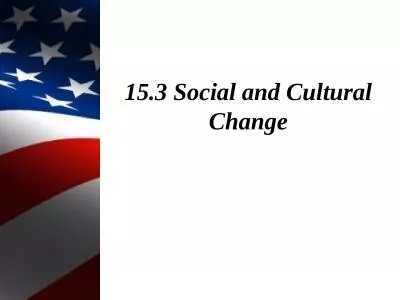PPT-Reshaping America in the Early 1800s Lesson 6 Women Work for Change
Author : liane-varnes | Published Date : 2018-11-05
Reshaping America in the Early 1800s Lesson 6 Women Work for Change Learning Objectives Identify the limits faced by American women in the early 1800s Trace the
Presentation Embed Code
Download Presentation
Download Presentation The PPT/PDF document "Reshaping America in the Early 1800s Les..." is the property of its rightful owner. Permission is granted to download and print the materials on this website for personal, non-commercial use only, and to display it on your personal computer provided you do not modify the materials and that you retain all copyright notices contained in the materials. By downloading content from our website, you accept the terms of this agreement.
Reshaping America in the Early 1800s Lesson 6 Women Work for Change: Transcript
Download Rules Of Document
"Reshaping America in the Early 1800s Lesson 6 Women Work for Change"The content belongs to its owner. You may download and print it for personal use, without modification, and keep all copyright notices. By downloading, you agree to these terms.
Related Documents














